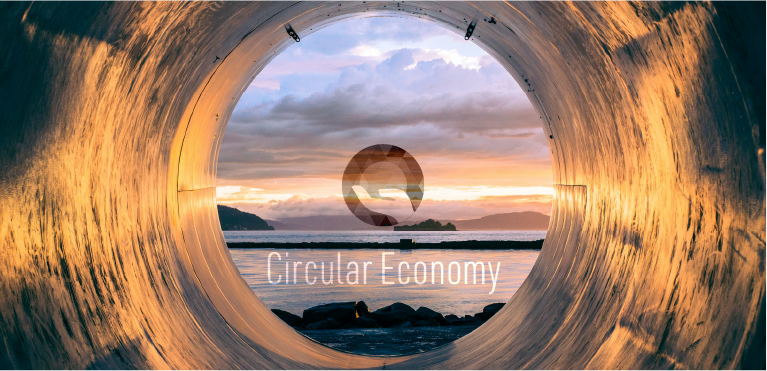Circular Economy and Resource Efficiency
Circular Economy and Resource Efficiency

The sustainable development goals call for better nutrition, shelter, and health care to improve the welfare to billions in developing countries while cutting emissions and land use to protect the climate and life on land and in the oceans. Reconciling these conflicting goals is only possible through improved resource efficiency and a fair sharing of resources across the planet and with future generations. The circular economy, material-efficient design, sharing of goods and new models of service provision and ownership can contribute to sustainable production and consumption. Resource efficiency applied to industries such as materials production, product design and manufacturing, transport, marine and maritime, waste management and recycling. Environmental analysis can contribute to show how society’s energy use and material flows affect nature, society, and economy, and how this can be balanced with available resources. Material flow analysis, life cycle analysis, information technology and systems thinking can be used to shape solutions in production and consumption and end of product life with a minimal environmental footprint.
Competence areas: Low emission technology, material science and engineering, 3D-printing, industry 4.0, behaviour change, product design, environmental analysis, economic analysis, indicators, multi criteria analysis related to sustainability, entrepreneurship, production management and systems engineering.



